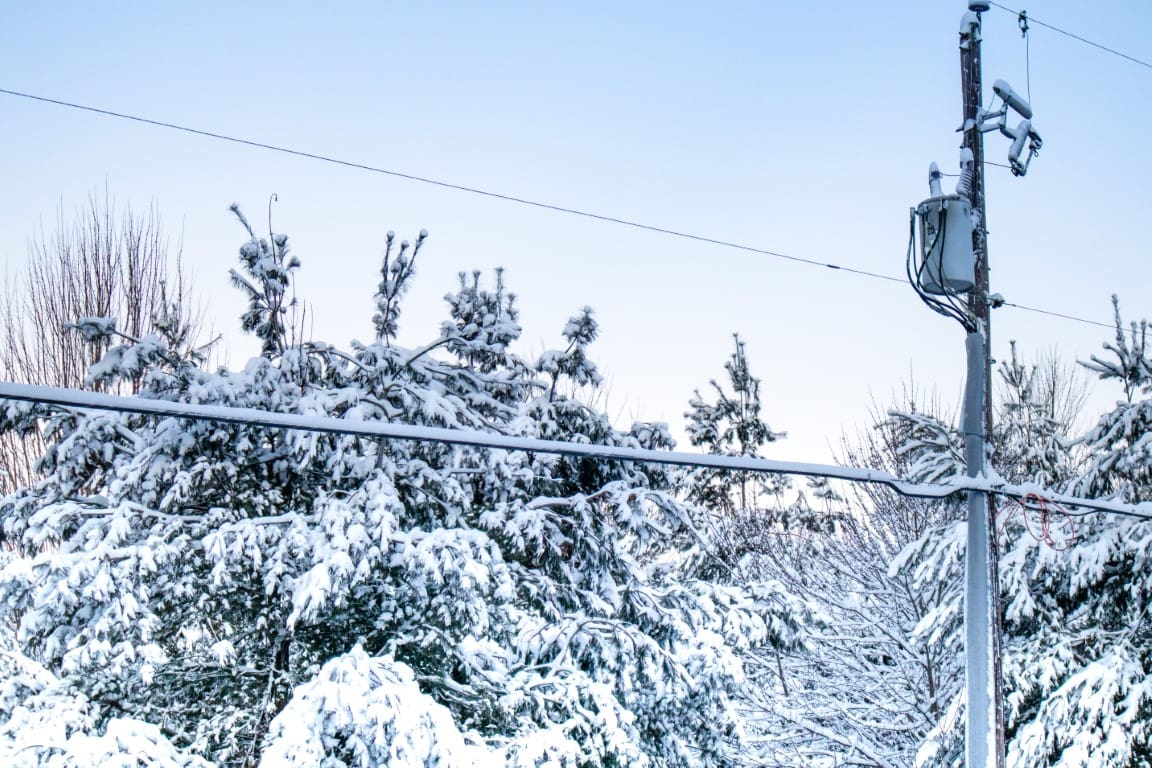
Arctic winds, rainstorms, driving snow and sleet… These are just a part of what linemen have to deal with in winter in many parts of the US.
As one of the top 10 most dangerous jobs in the United States (21 lineman deaths per 100,000), the work is hazardous enough as it is without the added burden of not being properly equipped when called out to restore electricity in the middle of a blizzard.
Below, we have listed 4 precautions linemen should always take when preparing to work outdoors in treacherous, cold weather:
# 1: Beware of Dehydration in Winter
It’s a general misconception that dehydration is not a concern in cold weather. And the reason is this: the body’s thirst response is diminished by up to 40% in winter!
When you’re dressed against the cold, the sheer weight of the extra clothing can make the body work 10%-40% harder, which increases the need for continuous hydration for linemen working outdoors in inhospitable conditions. You’re losing more fluids as you breathe in cold air, even though you don’t realize it, and it is essential that you’re drinking half your weight in fluid ounces when you’re on the job.
# 2: Eat Warming Foods
Foods that take longer to digest will help raise your body temperature and make you feel warmer. The process is called thermogenesis. As the food metabolizes, heat is produced as a byproduct of the action. Choose foods that are high in healthy fats, proteins and carbohydrates, as they are more complex and therefore take longer to digest.
# 3: Stay Protected Against Cold Stress
When working outdoors in sub-zero conditions, cold-related hazards can cause serious tissue damage – and even death. Conditions commonly related to cold stress are: hypothermia, frostbite and trench foot.
Moisture is one of the most common causes of cold stress setting in, so make sure to stay dry at all times. If your gloves, socks or any other article of clothing gets wet, change immediately.
Check out OSHA’s Cold Stress guidelines by clicking HERE.
# 4: Dress in Appropriate Clothing
- Trap warmth and keep it close to the body by dressing in layers. Wear three layers – a top, middle and bottom – that won’t prove too bulky to do your job.
- Clothing made of synthetic fibers keep sweat away from the body before it starts to literally freeze on the skin.
- Protect the head and neck with scarves that lock in body heat. Hard hats, an essential safety equipment in the profession, should have fleece liners to keep the head warm.
- Gloves should be fleece-lined and water-resistant. Snow melting into a pair of gloves is not something to look forward to.
- The feet, especially the toes, bear the brunt of freezing weather and numbness can creep in, not to mention the possibility of frostbites. Insulated boots are essential. More than one pair of socks worn one on top of another is advised for extra protection and heat retention.
- Wraparound eye protection helps preserve body heat, and also minimizes the blinding distraction of snow glare.
Good luck!



